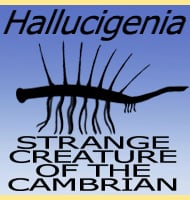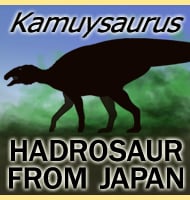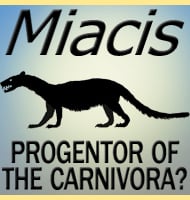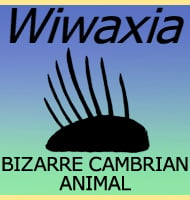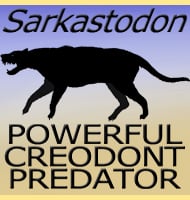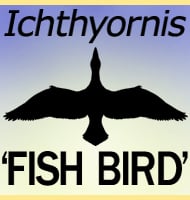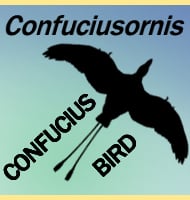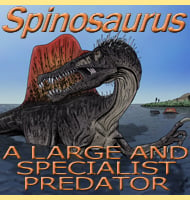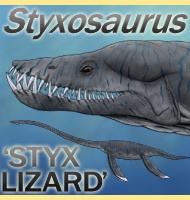In Depth
In 1876 Richard Owen named a new species of Poekilopleuron called P. pusillus. In 1879 this species was adjusted to P. minor by Edward Drinker Cope. Then in 1887 Harry Govier Seeley renamed this species as a new distinct genus, Aristosuchus. However, despite the name ‘suchus’ which is Ancient Greek for crocodile, this creature was actually a dinosaur. Although the incomplete remains make it difficult to reconstruct this dinosaur, it seems to have been a small compsognathid similar to Compsognathus.
Further Reading
– On Aristosuchus pusillus (Owen), being further notes on the fossils described by Sir R. Owen as Poikilopleuron pusillus, Owen. – Quarterly Journal of the Geological Society of London. 43: 221–228. – H. G. Seeley – 1887. – Fox, Owen and the small Wealden theropods Calamospondylus and Aristosuchus. – Journal of Vertebrate Paleontology, 19 (Suppl. 3), 66. – D. Naish – 1999. – The historical taxonomy of the Lower Cretaceous theropods (Dinosauria) Calamospondylus and Aristosuchus from the Isle of Wight. – Proceedings of the Geologists’ Association 113: 153–163. – D. Naish – 2002.

